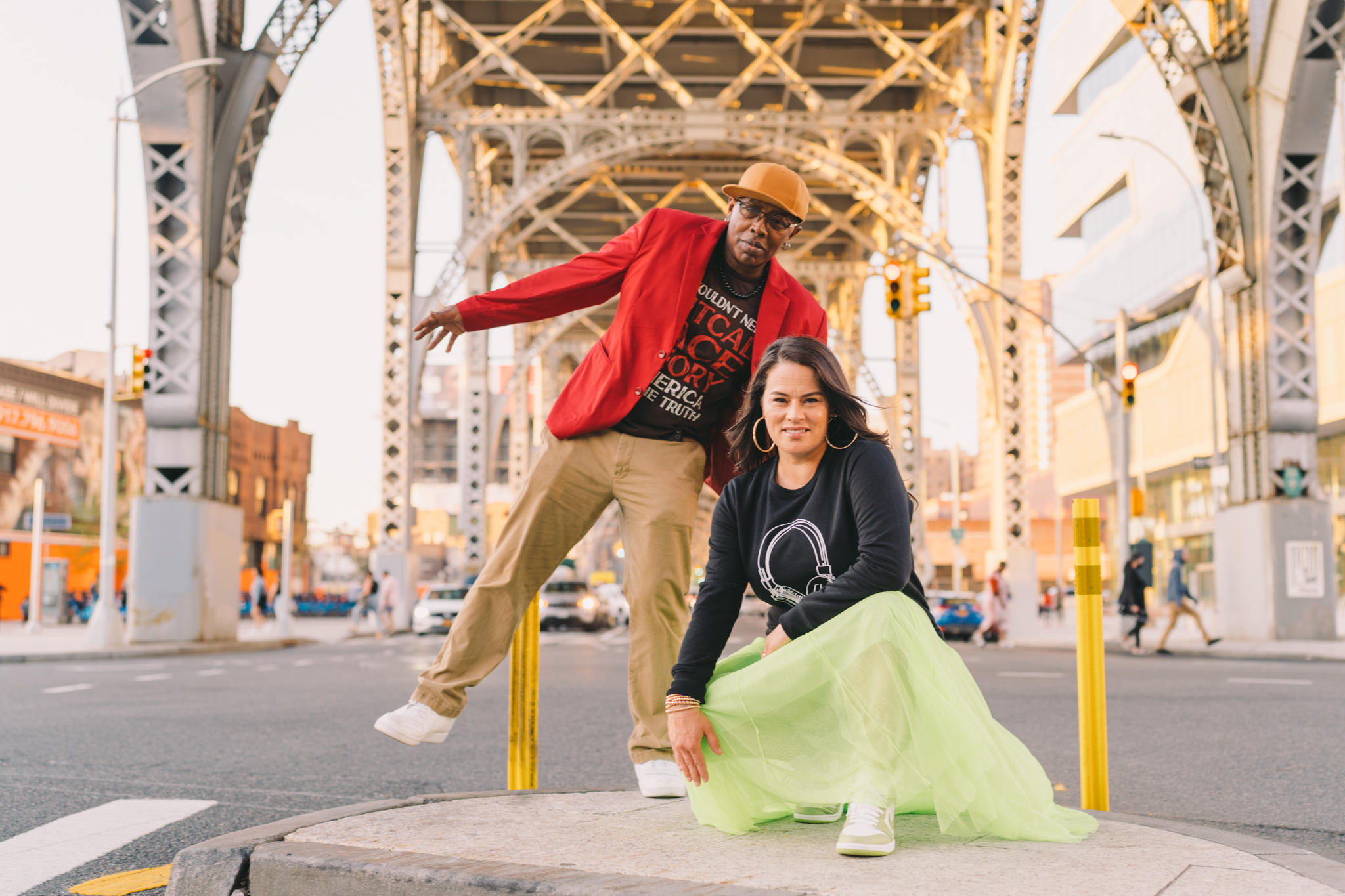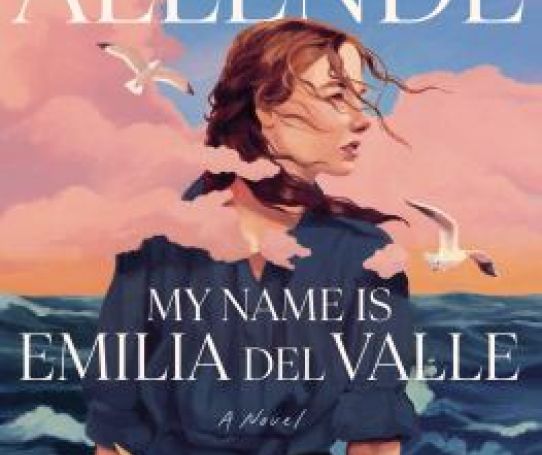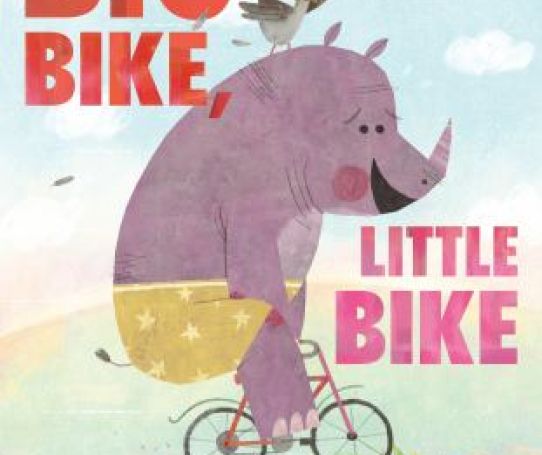
Summer Stride es el programa anual de la biblioteca para el verano de aprendizaje, lectura y exploración para todas las edades y habilidades.
De junio hasta agosto fomentamos:
- Pláticas de autor, listas de lectura y libros de regalo
- Aprendizaje STEM (Ciencia, Tecnología, Ingeniería y Matemáticas)
- Exploración de la naturaleza
- Oportunidades de desarrollo laboral para adolescentes
- Conexiones valiosas para todas las edades para nuestra diversa comunidad
¡Desafíate y desafía a otros a leer, aprender y escuchar con la Biblioteca este verano!
¡Hay tres maneras de completar el desafío Summer Stride!
- Anota 20 horas de leer, escuchar un audiolibro o participar en cualquier actividad de la biblioteca en tu tablero Summer Stride.
- Anota tu progreso virtualmente en Beanstack.
- Juega a la lotería usando ¡una tarjeta de Summer Stride bingo de SFPL!
20 horas de participación te llevan al codiciado premio: la bolsa para libros de Summer Stride destacando el arte del ilustrador Kenard Pak.
Lecturas recomendadas para el verano
Estudiantes, familias y educadores, la lista anual de lectura para el verano es su fuente de lecturas excelentes, diversas y recién publicadas para Pre-K a grado 12. Descargue el PDF de la Lista de lecturas recomendadas para el verano 2025 del SFUSD.
Programas fantásticos y gratuitos para todas las edades
Todos los veranos, la biblioteca ofrece una gran variedad de programas gratuitos de excelente calidad para todas las edades. Desde programas que enseñan a los niños sobre la naturaleza hasta espectáculos musicales a cargo de artistas galardonados, a expertos en activismo climático, jardinería, cinematografía del Área de la Bahía o talleres artísticos interactivos, en la Biblioteca encontrarás algo que te encantará.
Consulta todos nuestros programas para jóvenes.
Consulta todos nuestros programas para adultos.
Conozca a Kenard Pak, el artista de Summer Stride 2025
Kenard (Ken) Pak es ilustrador de libros y director artístico de animación. Es el ilustrador del libro On a Summer Night de Deborah Hopkinson. Pak vive en San Francisco con su esposa y su hija. Visite su sitio web, pandagun.com, o sígalo en Instagram @kenardpak.

Q: What were you thinking about when creating the Summer Stride vignettes?
A: I thought about my own late summer night backyard visits as a kid in Howard County, Maryland. I did a lot of what you read in the text: walking barefoot in the grass, standing at the edge of a road, gazing at the moon.
Q: What tools do you use to create art?
A: For On A Summer Night I used digital surface photos (like paper, cement, dirt) for the subtle textures that you see throughout the book. All the drawing and painting was done on the computer.
Q: What artists have influenced your work?
A: These days, I really like Adrien Merigeau, Roman Muradov, Rebecca Green, Masaaki Yuasa, Masanori Ushiki and David Lynch.
Q: What advice do you have for aspiring illustrators?
A: Somehow stay true to what you like and enjoy about making art. Be honest with yourself about making a living, how much you want and need. If you’re killing yourself over the art, it’s okay to ask yourself if it’s worth it. Get some sleep, exercise, take care of yourself. Don’t be afraid to abandon whatever art style you’re working on, and don’t be afraid to make it easy. Demand the money that you’re worth and fight for it. Even [Hayao] Miyazaki says that it’s better to fail than not having tried at all.
Q: How have public libraries played a role in your life?
A: My dad used to drop my brother and me off for whole days at the city library. It wasn’t only a place to read, but also a physical place to explore, sit and run around in. I’ve always loved that about libraries, the spaces: foyers, ceilings, patios, small enclosed spots, stairs, desks…
Q: Do you listen to music or sounds when you’re creating? What does your playlist include?
A: When I make art, I tend to listen to the same thing over and over again. For a long time I’ve been listening to Stars of the Lid and anything by Adam Wiltzie. I studied late Autechre during the time I worked on On A Summer Night (helped me stay up on late nights). Lots of Well-Tempered Piano.
Q: What was your favorite book as a child?
A: I loved Richard Scarry’s Best Storybook Ever and Charlie Brown’s Super Book of Questions and Answers. I loved these books.
Q: What’s your favorite place to visit in SF?
A: I really like my neighborhood, Potrero Hill. I’ve walked just about every corner and hill.
Q: What is your favorite summertime snack?
A: In the summertime, I like to snack on whatever my daughter eats. Last time it was cheese puffs and ice cream.
Q: Do you have a fun childhood memory of summer reading programs and how it impacted you as an adult? If so, please share with us (artwork, prize, books, activity).
A: To be honest, I didn’t grow up with any specific summer reading programs. A lot of it was going to the library and going back home with a stack of big books. I remember I’d pick a theme, like planets, and I’d read whatever I could find at the library. I think the Korean church I attended as a kid had summer reading programs? That helped my Korean stay dormant in the back of my head.
Q: What’s your go-to place when you want to be inspired?
A: The drawing table with my daughter. Sitting next to my partner (she’s a writer). Anywhere really where I get to stare off into space.
Extra credit/bonus questions:
Q: The art in the book has a "quiet" and “subtle” tone. What techniques and inspiration did you use to bring the quietness out in the artwork?
A: The specific inspiration for the quiet tone in On A Summer Night was the citrus trees in the courtyard at our old house. At night, the leaves had a strange purple color. Many of the leaves were infected with moth miners, so they also had a silvery glint. This purple and silver palette set the tone for the art.
Q: What served as inspiration for the images in the book?
A: I have a theory that I basically draw variations of my mom and her pastoral memories. She loved nature and taking long walks. On A Summer Night is no different. A lot of the architecture is how I imagined western Pennsylvania.
Q: What are some favorite books you've illustrated? Why did you choose them, in particular? (for example, the process, the subject matter, etc.).
A: I can’t say I have any favorite books that I’ve illustrated, but I do have favorite illustrations from each book. It feels like I’ve illustrated one long book with wins and misses, and my favorite pieces are often the wide establishing shots. I guess I like these images because that’s how I always imagine myself and loved ones: resting in wide open settings, rural or urban or something strange.
Q: Walking, observing and exploring play a significant role in your work – what meaning do you find in observing your surroundings?
A: It’s less about observing surroundings but more about presence. You know how you go on a walk and you see something, you ponder for a bit, then forget about it? Then you go home and say, that was a nice walk. The memory becomes a part of you, but it’s not necessarily available on cue.
Q: You are the father of a four-year-old. Does your art come into play during interactions and play, together? What is your daughter’s reaction to your work? In what way does your daughter influence your work?
A: She’s five now! She loves to make up stories, with her stuffies, drawings and craft, and when we play I engage as much as I can in her world. I’m relearning from her that being creative is fun and often aimless (who needs endings). Yes, as working creatives we forget why we started this whole art thing, but it’s such an amazing reminder from kids, a blessing really, why we’re doing this in the first place. I showed her my art once and she said it was boring. I love it.












